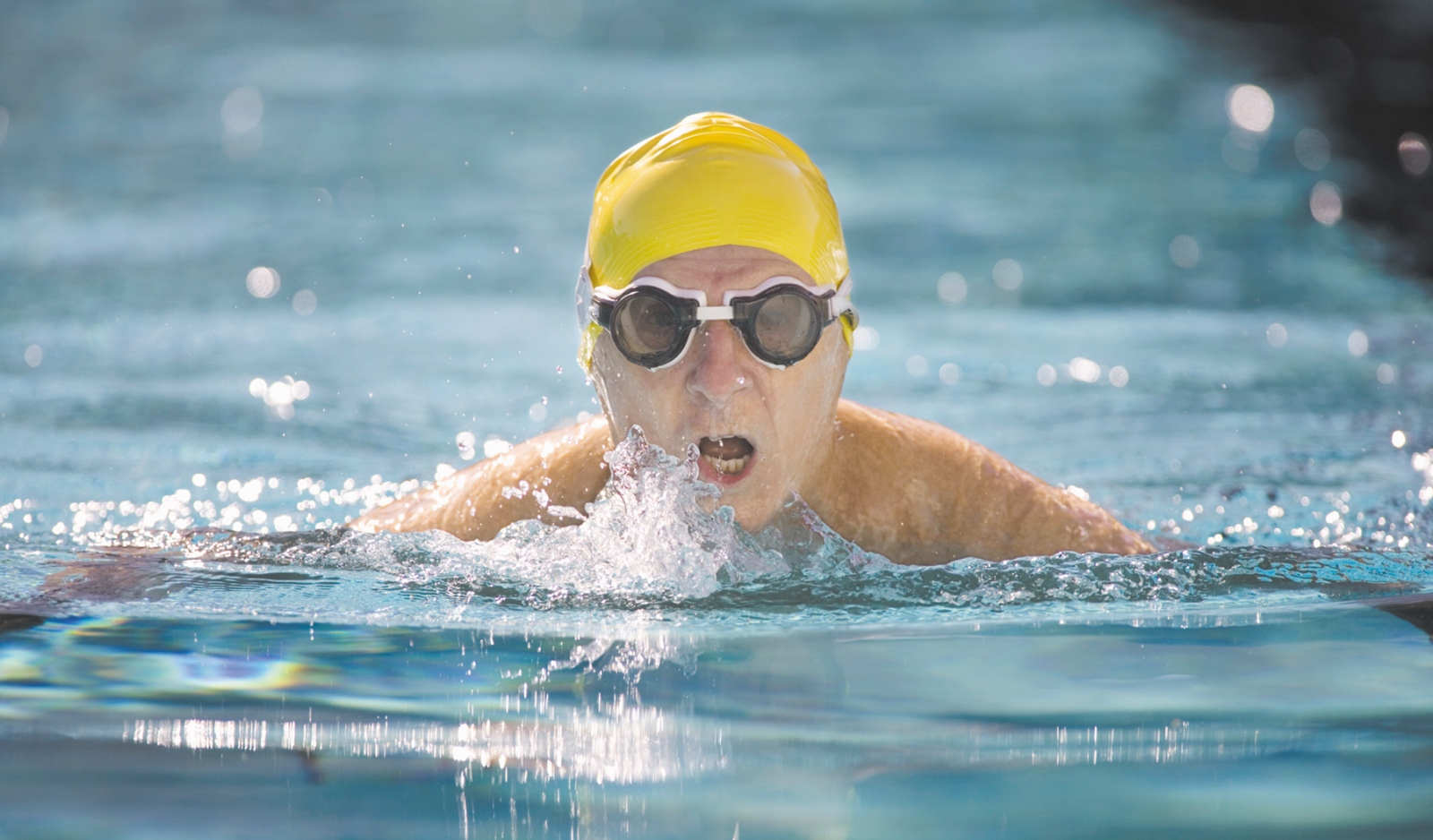Exercising in water: Big heart benefits and little downside

Compared with brisk walking, swimming allows you to meet your fitness goals with less stress on your joints and muscles.
In terms of convenience, it's hard to beat brisk walking as a form of exercise. You don't need any special equipment or venue, and most people can do it. But for some people—such as those with achy knees, sore hips, or substantial weight—walking may be uncomfortable. And during the winter, harsh weather in many parts of the country can make walking outdoors unpleasant—even treacherous at times. A water workout in a warm indoor pool, followed by a relaxing sauna could be an appealing alternative that's also good for your heart.
Relatively few people swim on a regular basis, so large studies looking at the benefits of physical activity in relation to cardiovascular health have tended to lump swimming together with other types of exercise. Plenty of evidence points to lower rates of heart disease among people who do regular, moderate-to-vigorous-intensity exercise—and swimming laps definitely fits the bill.
"Recreational swimming will burn about the same calories as brisk walking," says Dr. I-Min Lee, a professor of medicine at Harvard Medical School who studies the role of physical activity in disease prevention. One key advantage to swimming is that water makes you buoyant, which take the stress off your joints. That can be especially helpful for people who are carrying excess weight, she explains.
Water also offers resistance as you move through it, which allows you to work out vigorously (if you're able) with little chance of injury. Swimming laps can also be relaxing and meditative, which may offer some stress relief, adding to its cardiovascular benefits. Finally, swimming is an activity you can do across the life span.
If you haven't been swimming in a while, start slowly. Try swimming just five to 10 minutes of laps while coordinating your breathing, strokes, and kicking. A pair of well-fitting goggles is a must. If doing laps isn't your thing, you can try walking or running in water. Another option is water aerobics, which are exercises done in waist-deep or higher water that may use floating devices and weights. Many community centers, YMCAs, and other facilities with pools offer these classes.
One downside to swimming is that it's not optimal for building bones because it's not weight-bearing. That's why swimmers need to supplement their aquatic training with some weight-bearing exercise, like strength training, walking, dancing, stair climbing, or gardening.

No comments:
Post a Comment